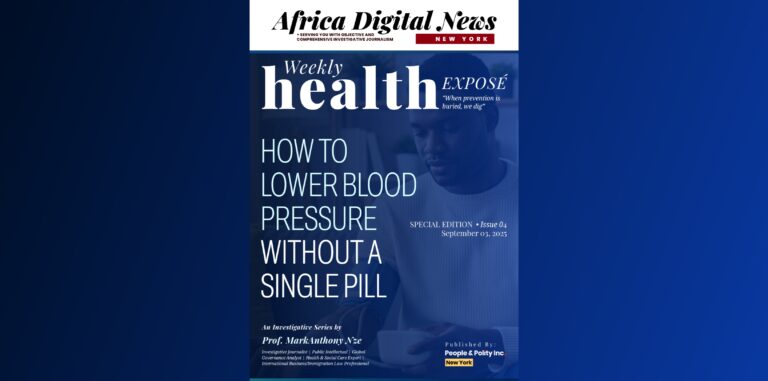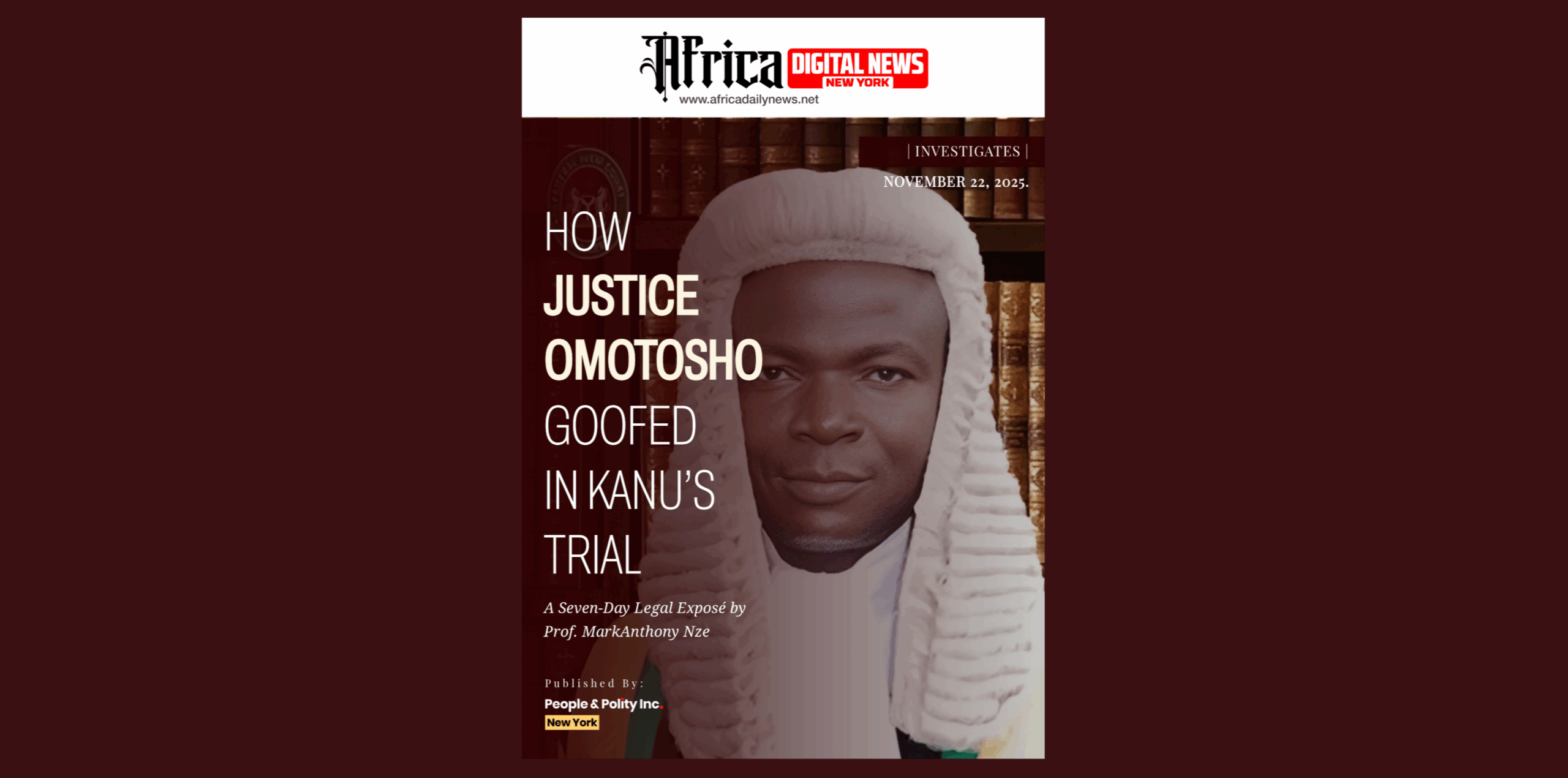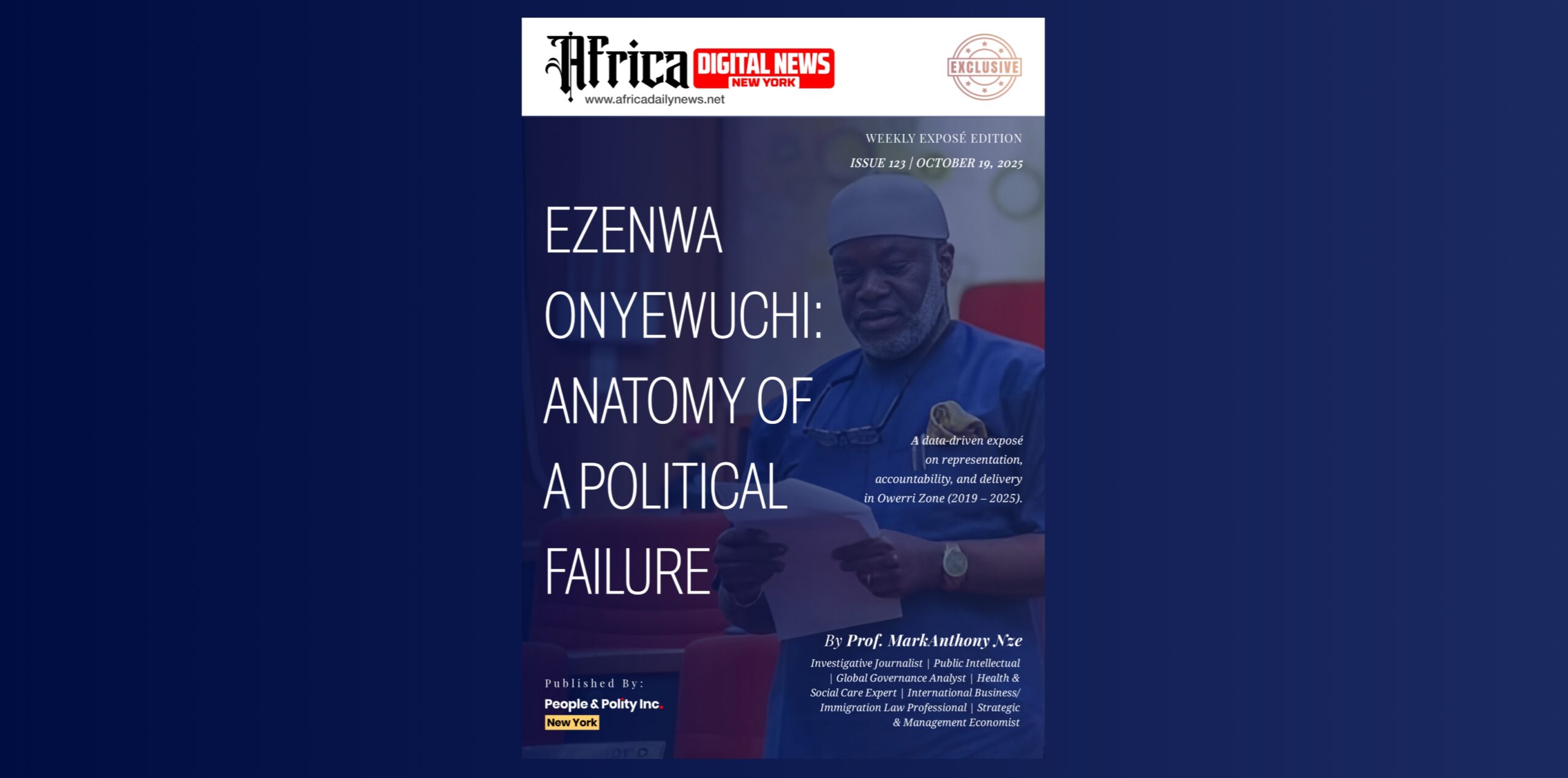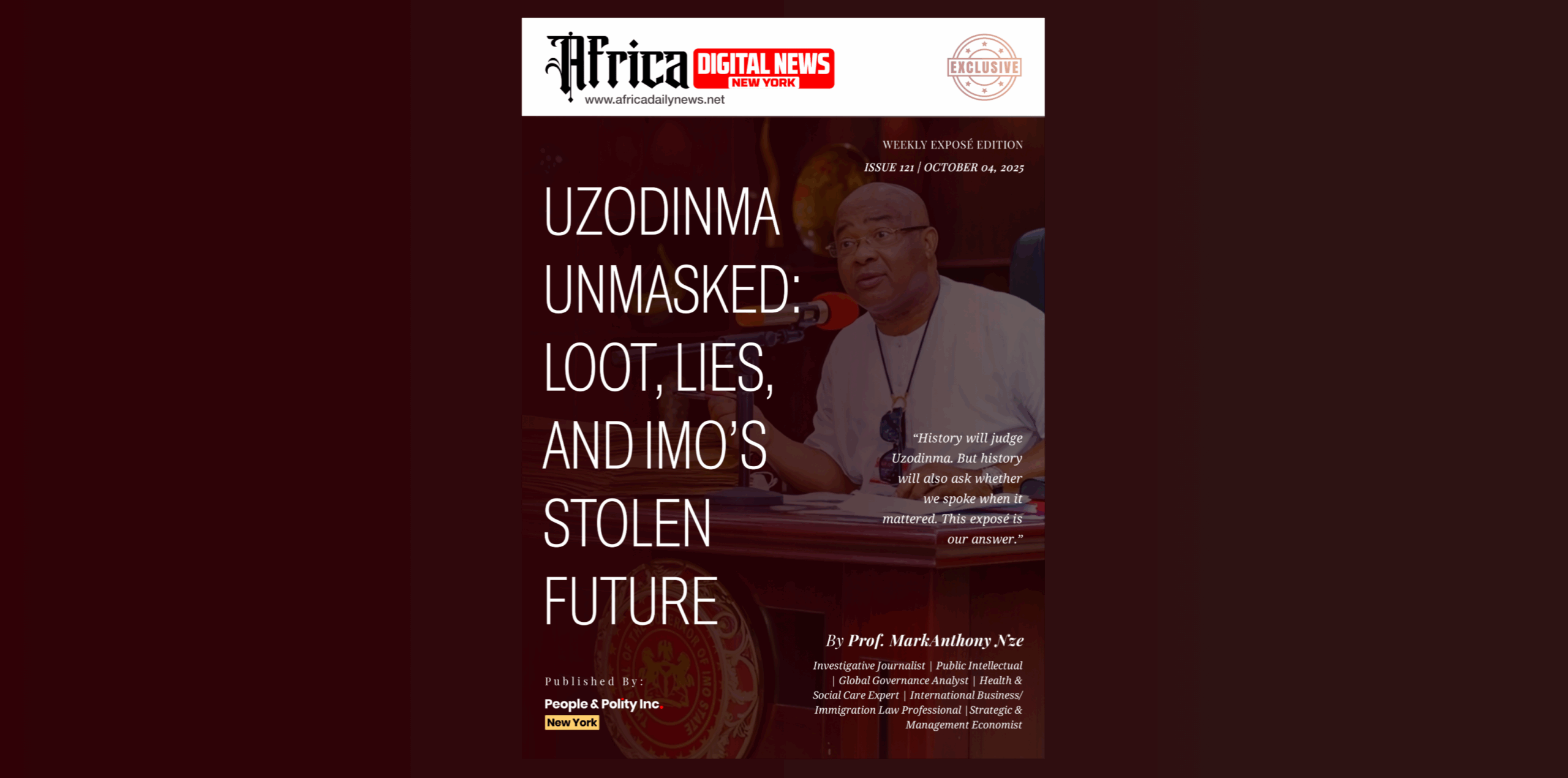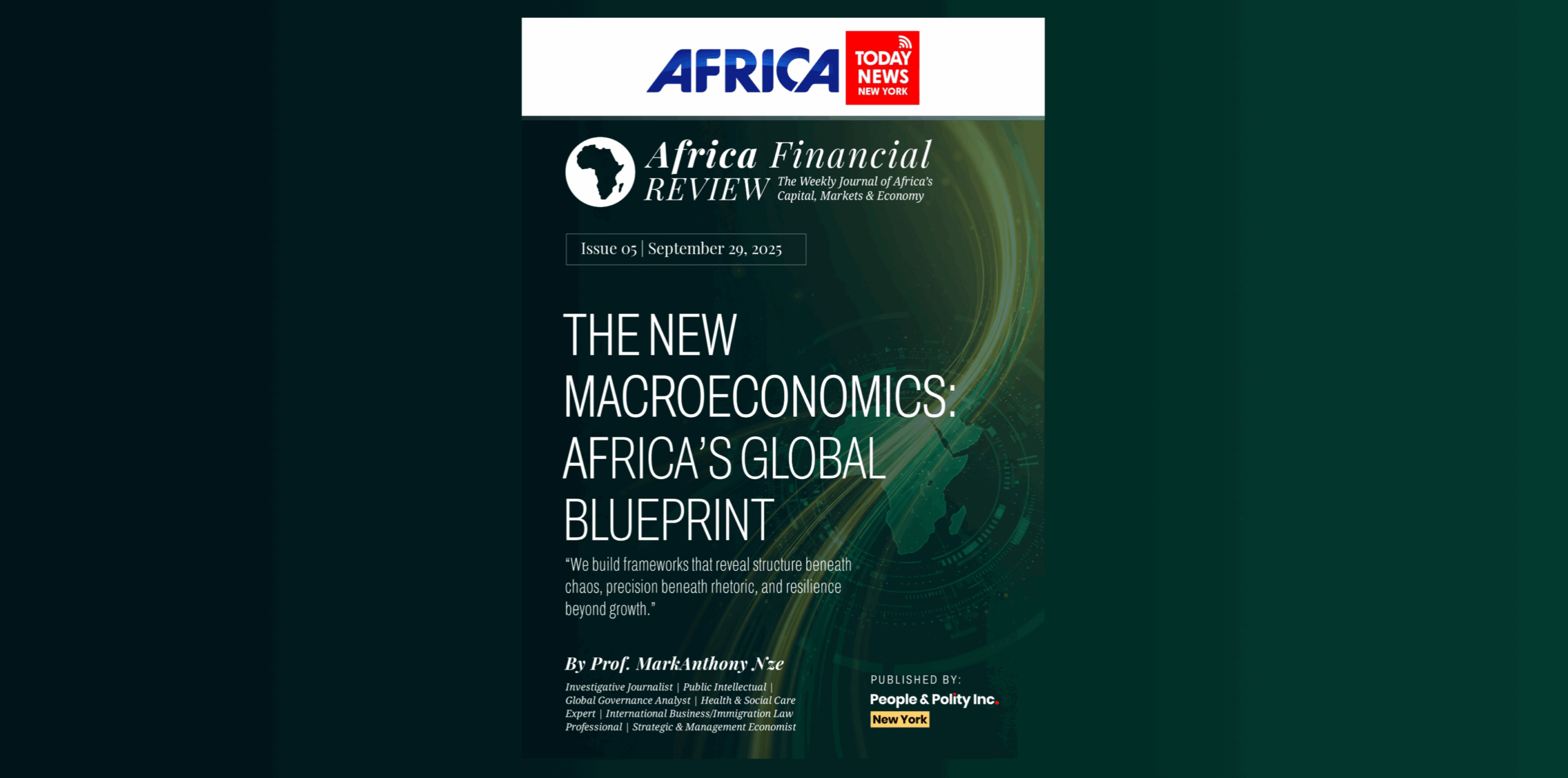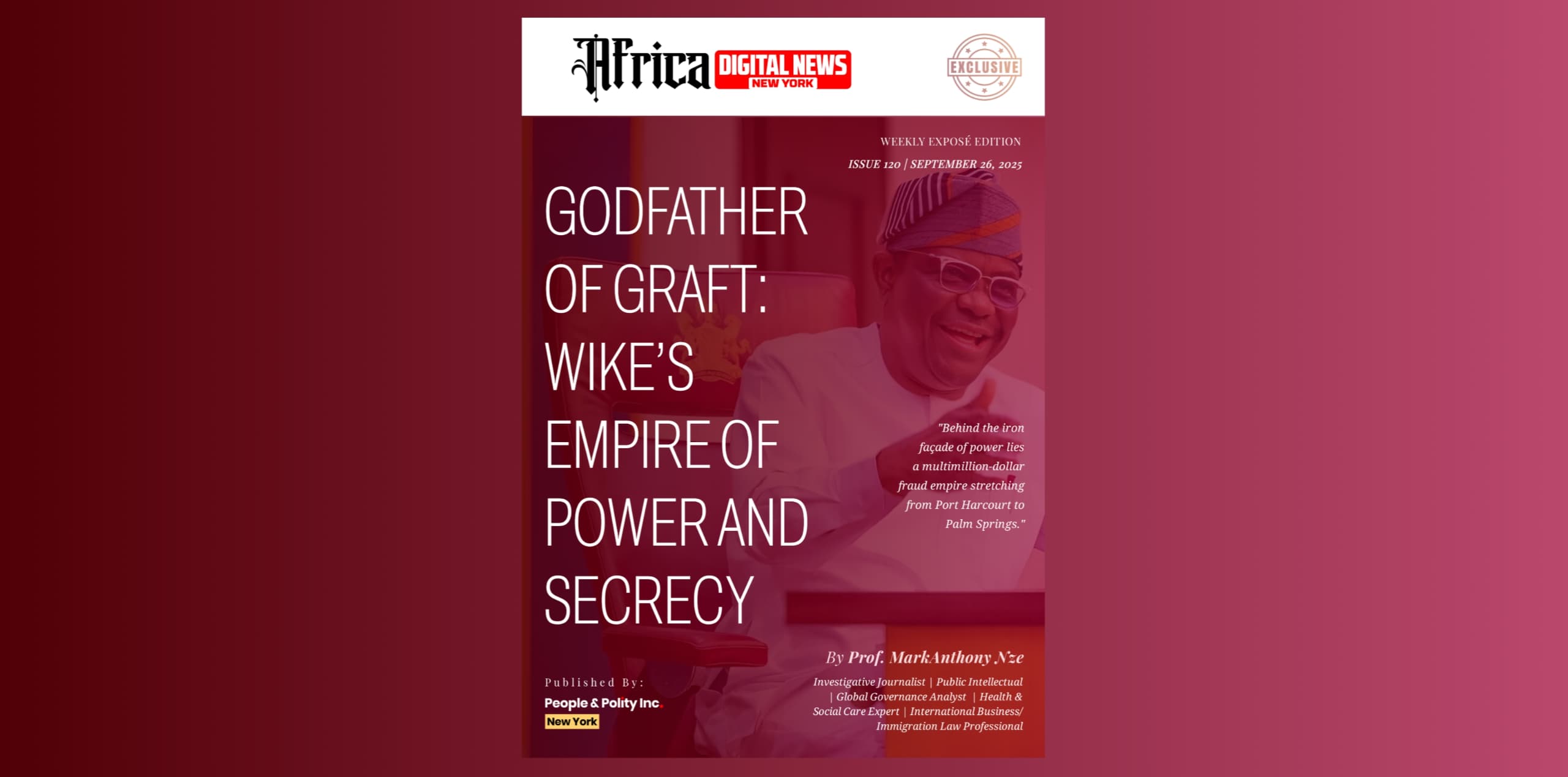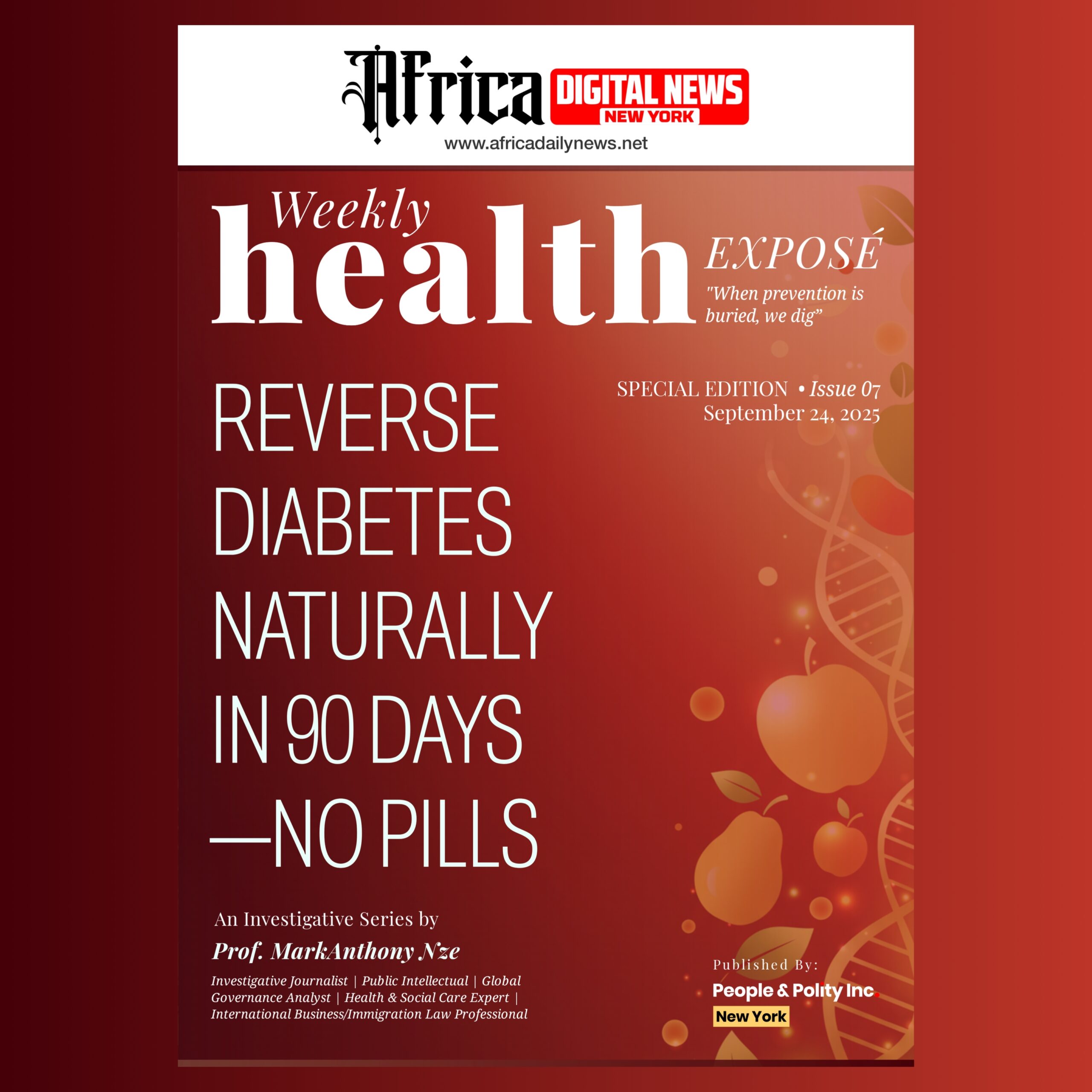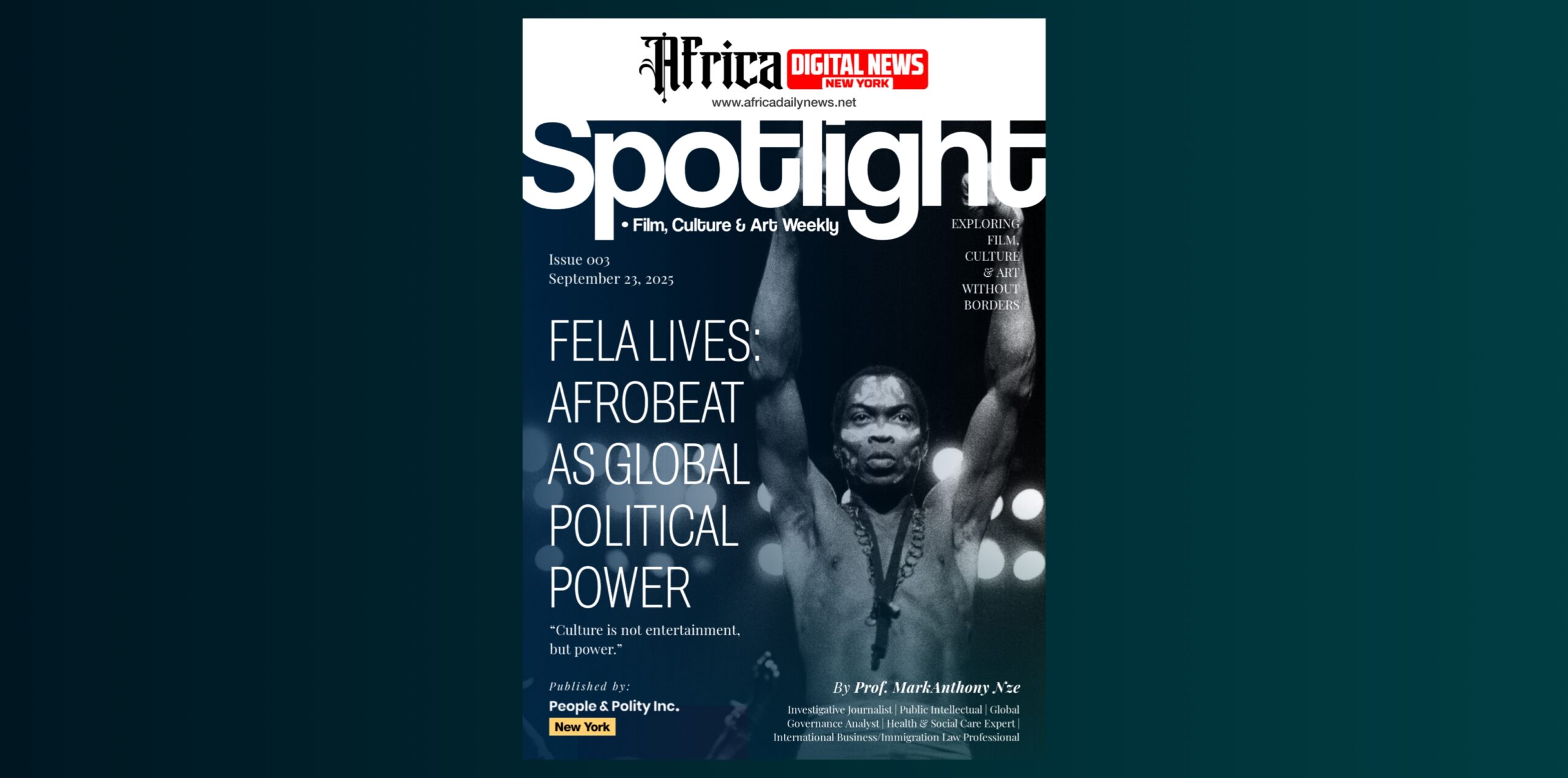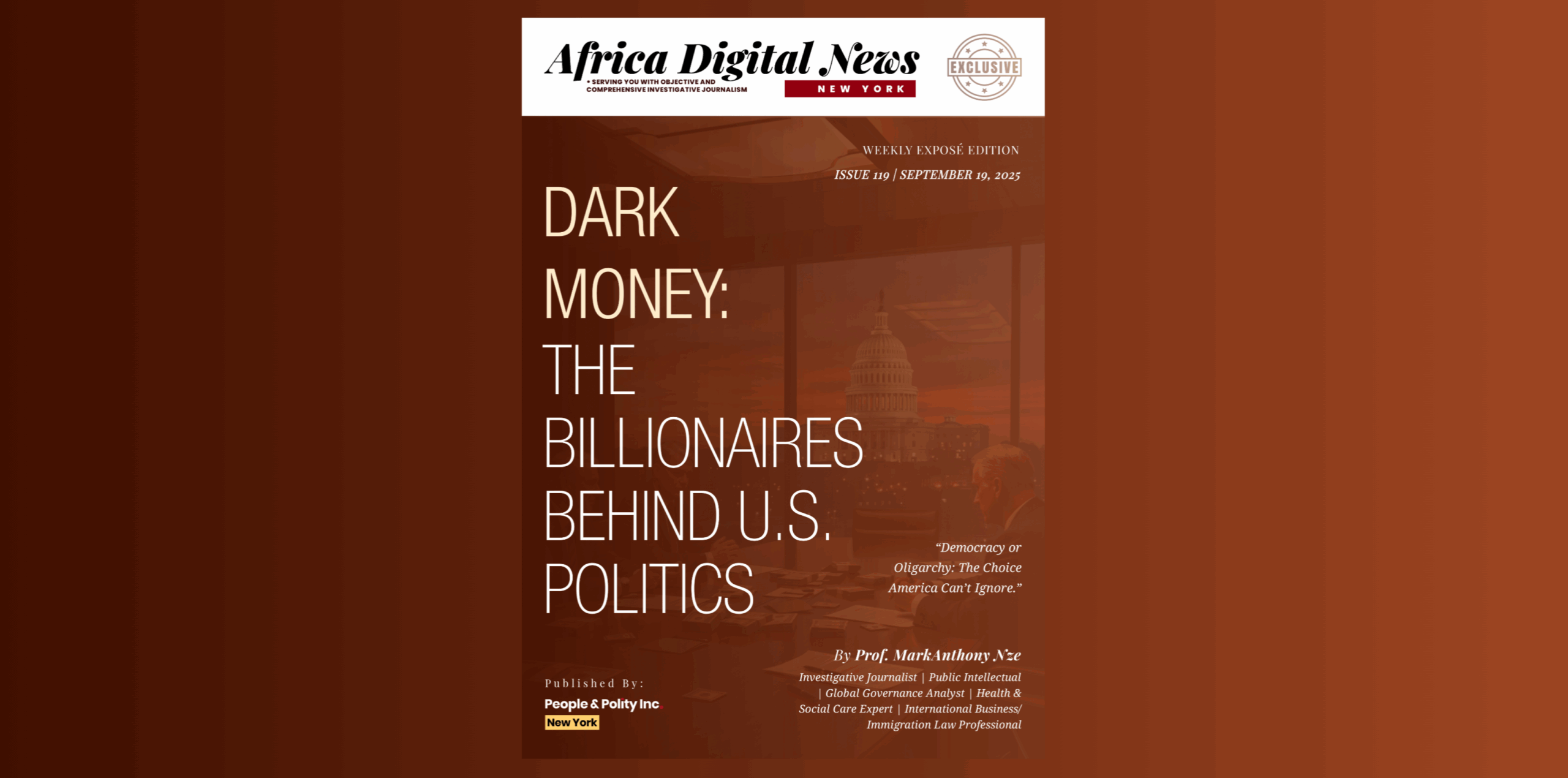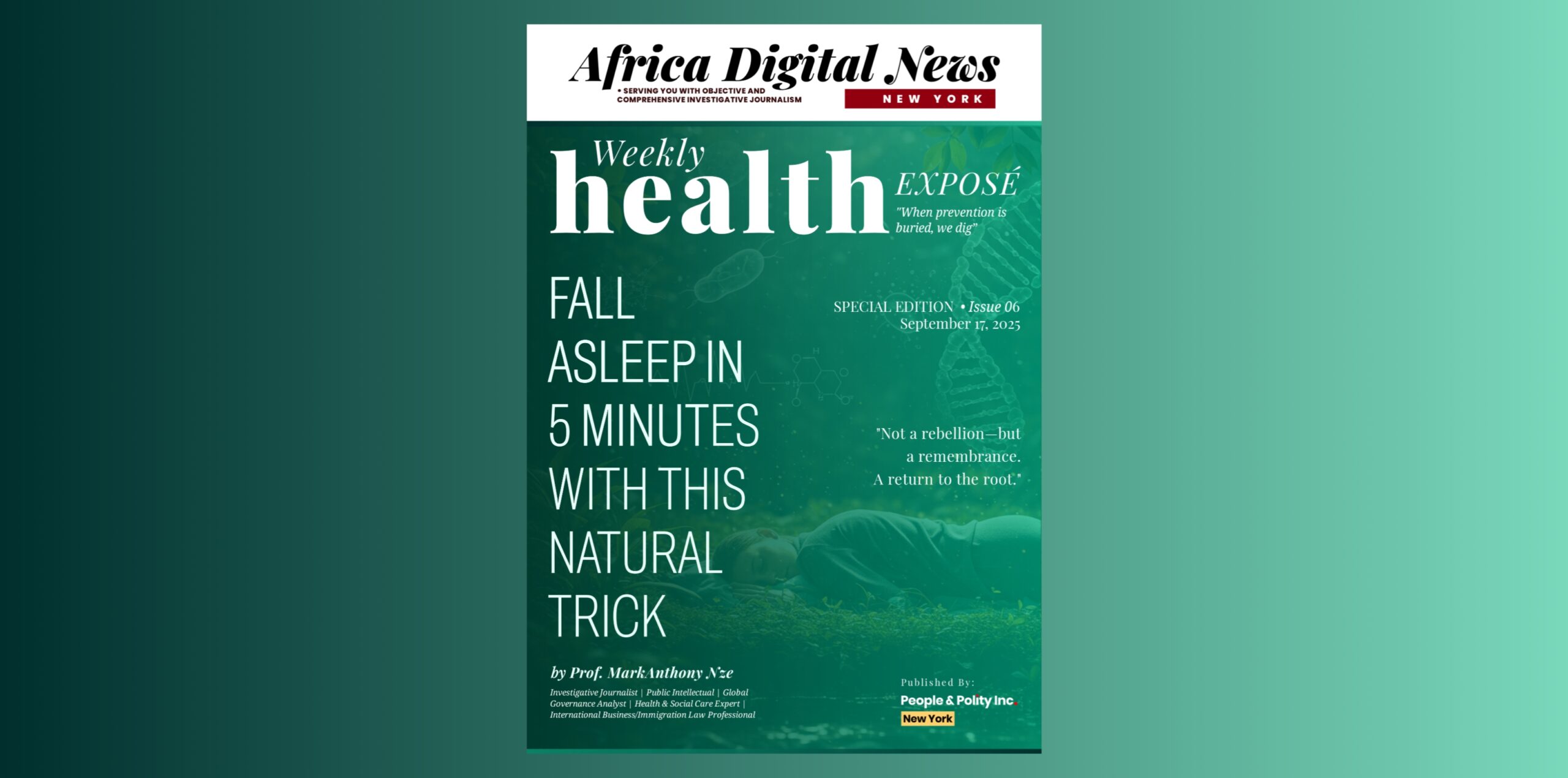“When prevention is buried, we dig.”
An Investigative Series by Prof. MarkAnthony Nze
Investigative Journalist | Public Intellectual | Global Governance Analyst | Health & Social Care Expert | International Business/Immigration Law Professional
Editorial Statement
Hypertension has become Africa’s silent epidemic, creeping into cities and villages with devastating consequences—yet rarely commanding the urgency it deserves. Too often, the narrative has been narrowed to pills and prescriptions, neglecting the deeper currents of lifestyle, culture, and community that drive blood pressure upward or keep it in check.
This 12-part series, How to Lower Blood Pressure Without a Single Pill, is both a scientific map and a cultural manifesto. It interrogates cutting-edge evidence from global health research while grounding it in African realities: the salt hidden in stock cubes, the healing power of kontomire stews, the quiet strength of women’s cooperatives, and the resilience of communities reclaiming traditional foods and active living.
At its core, the series argues that hypertension is neither destiny nor mystery. It is profoundly modifiable—by choices made in kitchens, markets, workplaces, and churches; by policies that protect rather than exploit; by families that encourage rather than stigmatize. Africa’s most powerful medicine may not come from pharmacies but from water, roots, vegetables, laughter, sleep, and solidarity.
As an editorial project, this work pushes beyond reportage into advocacy. It insists that Africa must not wait until hospitals are overwhelmed by strokes and kidney failure. Prevention is still possible—if policymakers, practitioners, and ordinary citizens seize the moment. It calls on leaders to legislate wisely, on communities to mobilize boldly, and on families to rediscover their role as the first line of health.
The genius of this series lies in its hybridity: rigorous scholarship meeting storytelling, data meeting proverbs, science meeting song. It is a conversation between journals and villages, between Nature and narratives, between the future we fear and the future we can choose.
Africa Digital News, New York is proud to host this intervention. It is more than journalism; it is public health reimagined, a blueprint for survival, and a celebration of Africa’s capacity to heal itself—without a single pill.
— The Editorial Board
People & Polity Inc., New York
Executive Summary
How to Lower Blood Pressure Without a Single Pill is a 12-part expository series that reframes Africa’s fight against hypertension, shifting the conversation from pharmaceuticals to prevention, lifestyle, and culture. Drawing on the latest evidence from global health journals, African field studies, and lived community experiences, the series demonstrates that Africa’s most powerful medicine may already be in its kitchens, markets, fields, and families.
Hypertension is Africa’s silent epidemic: prevalence is among the highest globally, diagnosis rates remain low, and complications—strokes, heart failure, kidney disease—are rising sharply. The WHO warns of an escalating crisis, but research by Gafane-Matemane and others shows the continent is uniquely positioned: though the burden is high, there is still time to bend the curve through prevention and lifestyle transformation.
The series unfolds in 12 interconnected parts, each dissecting a pillar of non-pharmacological blood pressure control. It begins by mapping Africa’s hypertension profile, then progresses through the everyday levers of health: diet, salt reduction, fruits and vegetables, physical activity, stress, sleep, alcohol and tobacco, hydration, weight management, and finally, the irreplaceable role of community and family support. The concluding piece makes a bold case for prevention before treatment, arguing that the cheapest and most sustainable strategy is to stop hypertension before it starts.
What distinguishes this work is its hybrid style: rigorous synthesis of peer-reviewed evidence woven with journalistic storytelling from African streets, farms, kitchens, and clinics. Hibiscus tea in Lagos markets, cycling Sundays in Kigali, women’s cooking clubs in Kisumu, and South Africa’s salt legislation become as central to the narrative as randomized trials and systematic reviews. The result is science made vivid, policy made human, and culture made health.
The overarching insight is disarmingly simple yet profound: hypertension is not inevitable. It is shaped daily by what Africans eat, drink, believe, and do. Pills remain important, but they are only part of the solution. A grandmother reducing salt in stew, a church hosting group walks, a teacher integrating vegetables into school meals—all are as impactful as clinics and laboratories.
This series suggests considering public health approaches that incorporate aspects such as communal living, cultural resilience, indigenous crops, and collective action. These strategies may help address major health challenges in Africa without relying solely on medication.

